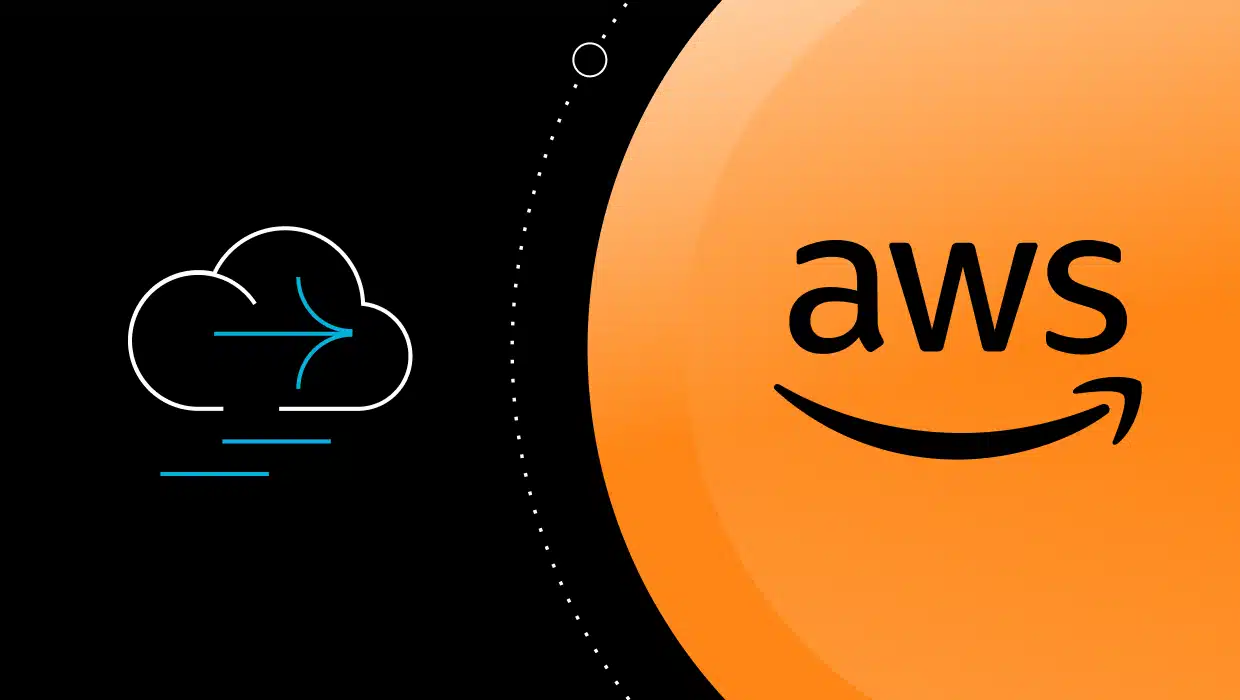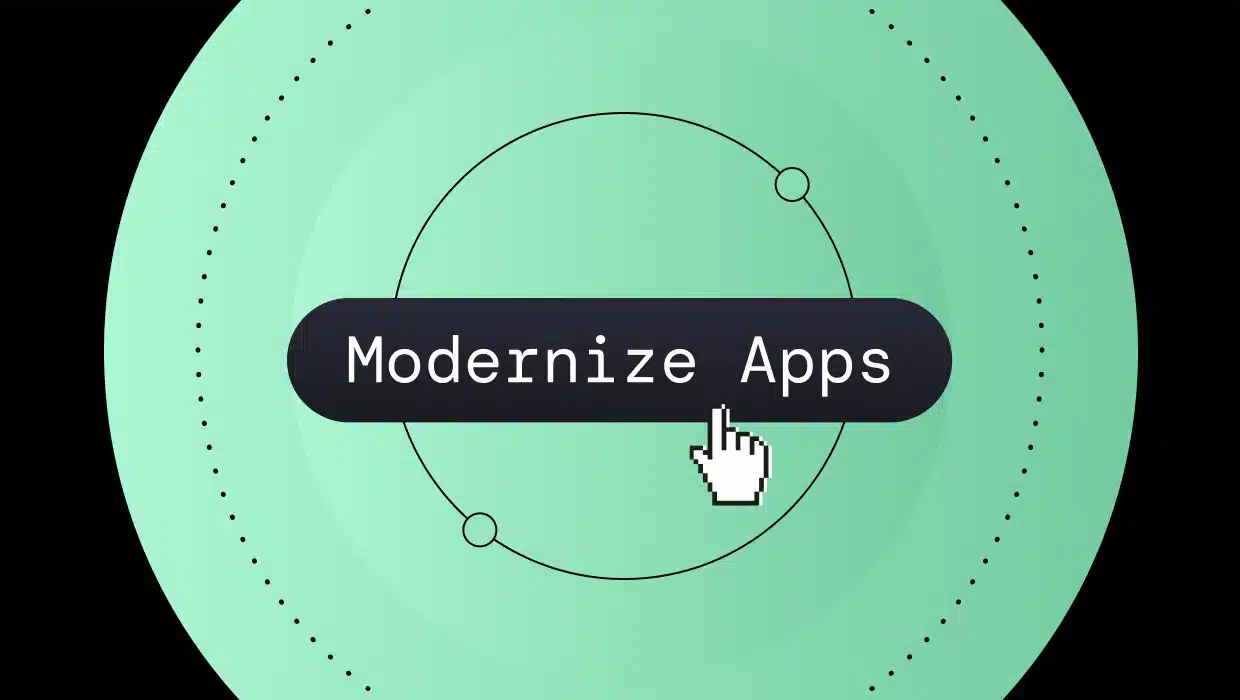The January transition from 2020 into 2021 had us starting with resolutions, but with February here now, we need to move beyond resolution and onto more concrete actions. I’ve recently talked about and blogged on the “Agility Imperative” as an inflection point initiated by everything we’ve experienced in 2020, from COVID crises to business disruptions to failed cloud initiatives. Providing lip service to agility, digital transformation, and business application modernization caught up with many organizations last year when their more agile peers and competitors were better prepared and thus much more able to quickly pivot around a sudden change in how business was now being done.
Digital Transformation Projects Are Stalled
Being aware of the problem is the first step to addressing it, so let’s explore why previous digital transformation attempts have been seeing minimal gains. A recent McKinsey study stated that:
“Only 14 percent of companies launching digital transformations have seen sustained and material performance improvements.”
The study summarized that four key issues were to blame:
- Pilot stall: Companies have succeeded in implementing a few greenfield applications on public-cloud platforms, but the value derived from these programs has been limited.
- Cloud gridlock: Cloud initiatives become jammed up in long queues because IT cannot build out the automation or reference architectures required to use public- cloud-platform services in a secure, resilient, and compliant fashion.
- No value from “lift and shift”: The migration of significant portions of the technology environment—largely by replacing on-premises virtual machines with off-premises ones without taking advantage of cloud-optimization levers—has failed to significantly reduce costs or increase flexibility.
- Cloud chaos: Tech leadership does not have an aligned vision and does not provide the required guidance or management oversight, leaving developers largely to their own devices in configuring cloud services.
Finally, the report notes that multiple McKinsey surveys all indicate that large companies:
“…host 10 to 15 percent of their applications in the cloud but continue to host the core of their technology environment in traditional data centers.”
What are the key takeaways? To avoid the common pitfalls, it’s critical to focus on pilots that have clear business value – mainly your existing business applications that are driving revenue, customer interactions, and backend processing today. Invest in automation that accelerates these programs forward and move on from “lift and shift” shortcuts. Finally, leadership is critical so take the reins and be bold. Let’s dig in on all these a bit more.
Five Steps to Spark Your Own Modernization Moment
With this major Agility inflection point as a target, a series of 2020 “A-ha Eureka!” moments, and the conviction to move forward, it’s time to get started. Here are five steps to spark a modernization moment in your organization:
1. Get Organized: Automate and Assess
This is not the time to form a blue ribbon, cross-functional committee. It’s not the time for analysis paralysis. To modernize you must use modern tools. Automation is a must, to accelerate, analyze, and thus organize your plan. vFunction automatically assesses the complexity of all your legacy Java apps – either in production or in the lab – detailing dependencies, identifying microservices, and specifying related resources and classes. This is essential to prioritize, plan, and estimate schedules based on real data – to target investments in business functions and domains that have real business impact. Try it for free – vFunction automatically creates complexity assessment reports that get you started with real, concrete data and actionable information.
2. Pick Both a Starting Point and a Destination
It is essential to know both where to start and where you are going. If you haven’t chosen a clear cloud native platform destination that is essential – for everyone in the organization to have a common goal and destination. This could be any of a number or Kubernetes platforms, a hybrid cloud option such as Red Hat OpenShift, and/or a Java microservices platform like SpringBoot. Most organizations have a growing backlog of legacy applications and are choosing Java applications as a starting point, based on their high business impact and value, their natural fit into new microservices platforms, and their refactorability using automation platforms like vFunction.
3. Do it. Lead it.
Agile engineering projects require agile leadership. Oftentimes, the development and IT teams are blamed for project failures due to cultural issues, but cultural change is not just a developer-only or IT-only problem. It is also a leadership problem. Many of these modernization projects stay in neutral because the risk and fear of change is too high for developers to take the leap. Thus leadership and management need to provide the air cover, the incentive, the tools, and the support to make this happen. A clear path, a set of tools to succeed, a shared goal, and the safety net to take risks – these are necessary leadership ingredients for a recipe for success.
4. Think Big
A “Modernization Moment” requires you to think big. It’s not enough to modernize just one application. The real goal is to modernize many if not all your applications, as fast and efficiently as you can! A massive backlog of these legacy applications creates a major drag on everything you do – not only on budgets, licensing costs, and morale, but on business agility, revenue, and value. vFunction is designed for scale, with an automated, self-service platform that can be applied across all your Java applications – to create a modernization factory with monoliths in, microservices out. vFunction provides that spark to move groups of application teams forward using automation and intelligence that creates a repeatable pattern and set of best practices that can be commonly used across your entire organization.
5. Bring Everyone Along
Legacy modernization needs to move to the front of the class as do the teams that are tasked with maintaining and modernizing these applications. As these applications get modernized, so do the teams that are modernizing them. Their skills expand to allow them to contribute to more cloud native projects and thus drive more revenue and impact. Modernization is not only good for the business, it’s good for your team, their morale, and employee retention. DevOps and cloud native surveys have indicated that transformative leadership can drive higher levels of employee engagement where these teams are “2.2 times more likely to recommend their organization to a friend as a great place to work, and 1.8 times more likely to recommend their team to a friend as a great working environment.”
It’s time to get started. The agility imperative is here. Spark that modernization moment now for your organization.







